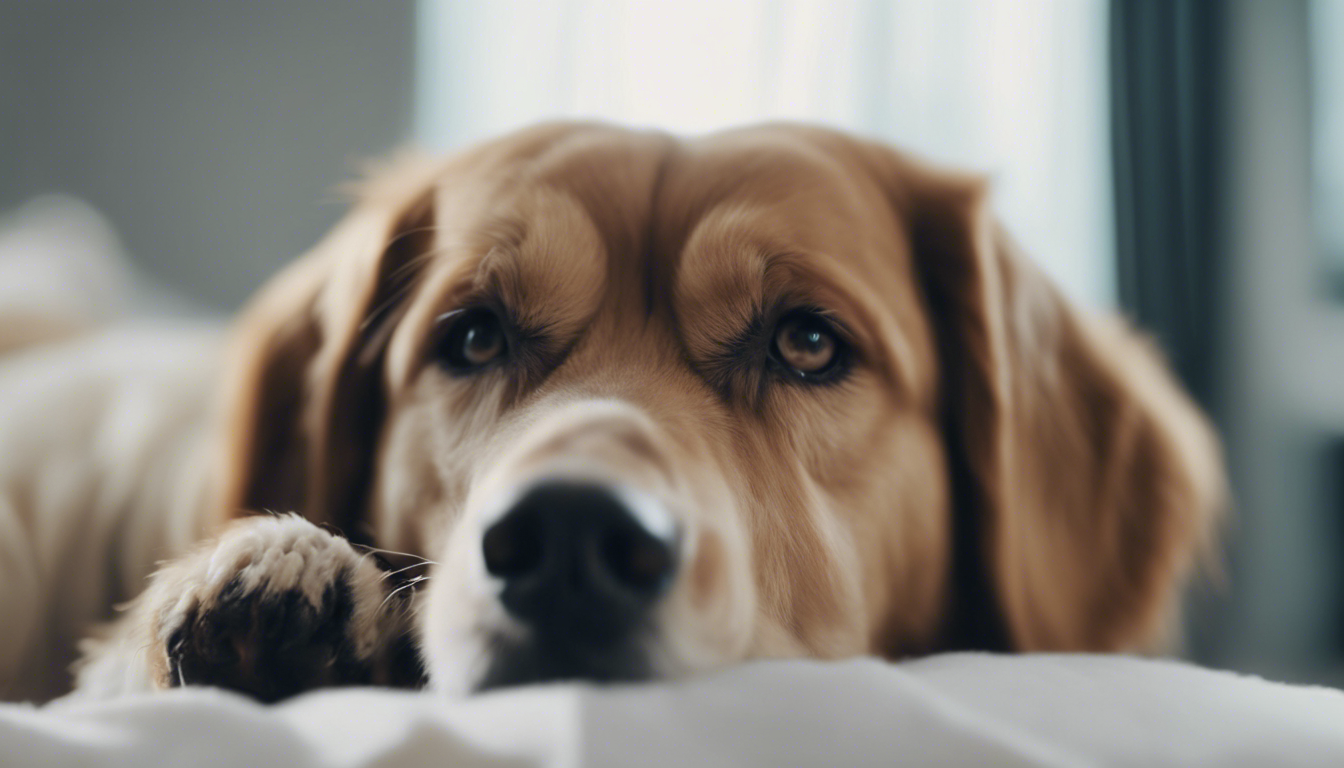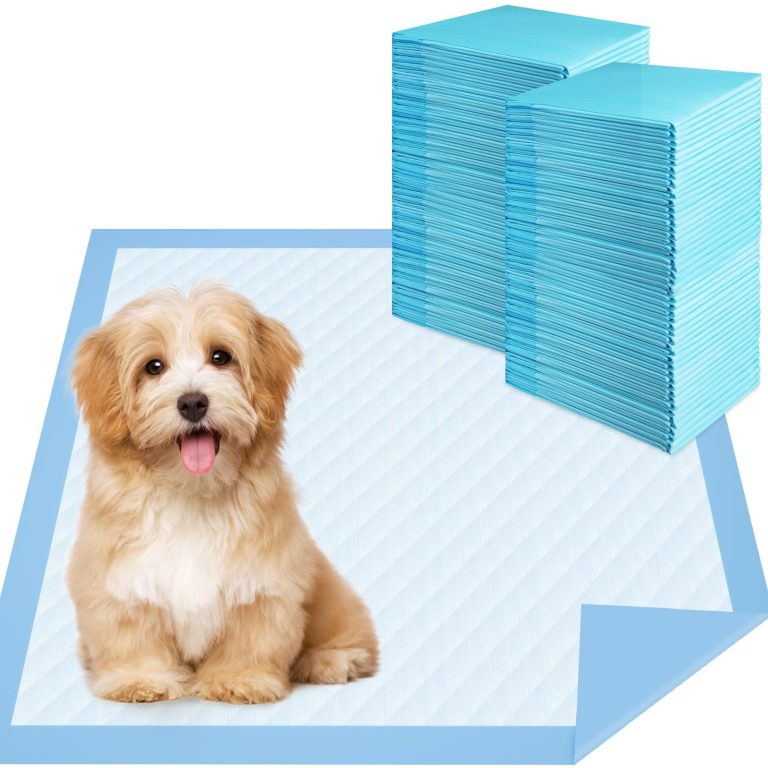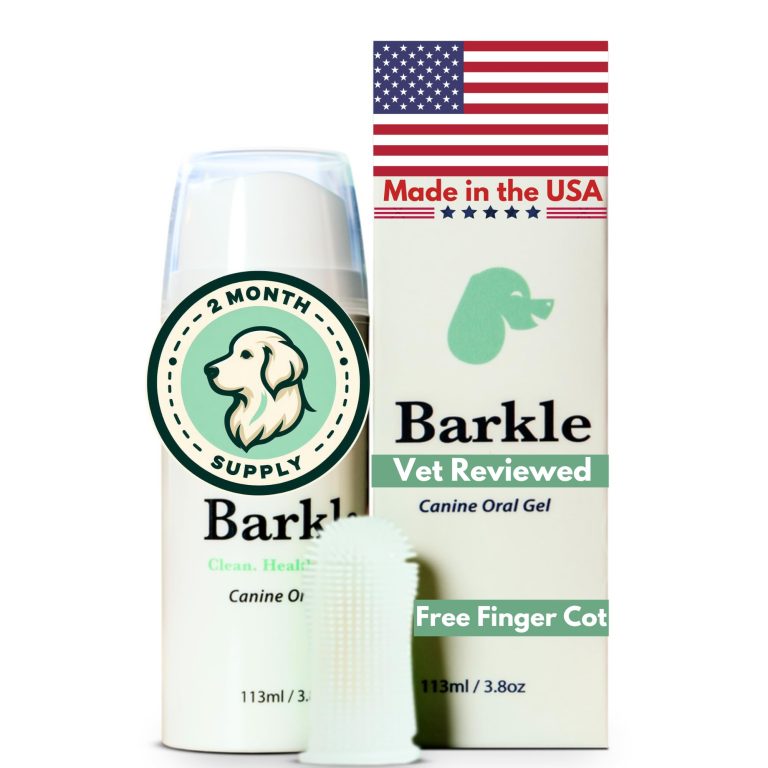Understanding Canine Hip Dysplasia – Diagnosis and Treatment

The Basics of Canine Hip Dysplasia
If your furry friend is starting to show signs of stiffness or is reluctant to go on those once-joyful jogs, it might be time to bone up on something called canine hip dysplasia. While this might sound like a heavy topic, hang onto your leashes because understanding this condition is the first step to helping your pooch lead a happier life. Trust me, they’ll thank you with extra tail wags and puppy-dog eyes.
Hip dysplasia in dogs is essentially a poorly fitting hip joint – consider of it as trying to salsa dance with a dislocated hip. Not very comfortable, right? In dogs with hip dysplasia, the ball and socket joint in their hips don’t snugly meet as they should. This mismatch can lead to painful wear-and-tear because instead of gliding seamlessly, the bones grind and rub against each other. Ouch!
Now you might be thinking, “Is my pooch at risk?” Here’s the deal: hip dysplasia can affect any dog, but it’s especially common in larger breeds. Did someone say Great Danes, Saint Bernards, and Labrador Retrievers? Yep, they’re often on the front line. And if you’ve got a chubby buddy, excess weight can add pressure on those already sassy hips, exacerbating problems down the road.
Let’s talk genetics. This condition typically isn’t something dogs pick up like a cold from sniffing their pals at the park. It’s often inherited, which means certain breeds are handed this less-than-desirable trait from their parents. That’s why it’s important to know your dog’s genetic history if possible – you could be one step ahead in the prevention game.
Remember, exercising your dog is like oiling a squeaky wheel—it keeps everything moving smoothly. But for dogs with hip dysplasia, you’ll want to think low-impact activities. Imagine swimming instead of sprinting; think hydrotherapy with its gentle resistance and the support of that lovely H2O. Avoi-ding high-impact leaps and bounds (despite how fun they look) is also wise to keep those tender hips as pain-free as possible.
And here’s something else: a little TLC goes a long way. With this condition, every day’s a bit like navigating a minefield of discomfort. Ponder orthopedic beds to ease those aches or even ramps for couches and cars because sometimes jumping is just too much.
In short, catching hip dysplasia early can make a world of difference for your dog. Keep an eye out for signs as they age, watch their weight, and make playtime a gentle affair. After all, health and happiness are what every pet parent wants for their four-legged family member.
Identifying Symptoms and Getting a Diagnosis
Spotting the telltale signs of hip dysplasia in your four-legged companion is like uncovering a hidden puzzle; you need to know what pieces to look for. Have you noticed your pup having a tough time getting up from their cozy nap spot or hesitating before tackling stairs? Maybe they’re not quite as zippy on their paws or show a slight limp after a good round of fetch. These little quirks could be your first clues that it’s time for a vet visit.
A classic symptom to watch out for is the so-called “bunny hop,” where your dog uses both hind legs together to hop instead of running normally. It might look quirky and even cute, but it’s often a sign their hips are not feeling great. Listen for a tell-tale clicking sound when they walk; another red flag that the joints might be having a tango of trouble.
It’s important to remember that signs can be subtle, especially in the early stages or if Rover is on the stoic side, masking their pain like a furry little superhero. Be vigilant and in tune with any changes in their behavior or mobility – sometimes it’s the absence of their usual routines, such as no longer jumping to greet you, that speaks volumes.
When you suspect hip dysplasia might be at play, your next step is to consult with a veterinarian. They’ll likely recommend a physical examination to assess your dog’s range of motion and check for any discomfort or unusual movement in the hips. The vet may observe how your dog walks, stands, and sits, looking for asymmetry or difficulty in performing these basic actions.
To pin down a diagnosis, the vet will probably suggest getting some x-rays done. This will give a crystal-clear look at what’s going on inside those hips. The x-ray can reveal the extent of the joint’s malformation and the level of arthritis that may have developed as a consequence of the dysplasia.
At times, if the diagnosis is still fuzzy or if you’re considering surgical options, advanced imaging like a computed tomography (CT) scan or Magnetic Resonance Imaging (MRI) may be brought into play. These tools can provide a more detailed landscape of the hip area and help guide future treatment plans.
Remember, early diagnosis is like finding gold in the realm of hip dysplasia. With timely intervention and management, many dogs continue to live full and happy lives, chasing squirrels in their dreams and wagging tails with pampered joy. So keep those observation skills sharp, and don’t hesitate to act on your furry friend’s behalf – they’re trusting you to decode their barks and tail wags into actions that lead to relief and comfort.
Non-Surgical Management Options
If your dog has been diagnosed with hip dysplasia and you’re seeking ways to alleviate their discomfort without going under the knife, there’s a silver lining of non-surgical management options available that could significantly improve your pup’s quality of life. These strategies hinge on reducing stress on the hips, managing pain, and maintaining a healthy body weight. Let’s dive into a few methods to keep tails wagging without the added stress of surgery.
Weight Management is a cornerstone of non-surgical treatment. Extra pounds mean extra strain on those fragile hips, so keep Fido’s weight in check. A balanced diet tailored to your dog’s specific needs can do wonders. Sometimes, simply switching to dog food formulated for joint health or lower in calories can make a big difference.
Physical Therapy isn’t just for humans – it’s a game-changer for dogs too. Certified animal physical therapists can work wonders, employing targeted exercises that strengthen the muscles around the hips. This not only supports the joint but also improves flexibility and range of motion.
Hydrotherapy, or water-based therapy, is downright amazing for dogs with hip dysplasia. The water supports your dog’s weight, allowing them to exercise those muscles without the harsh impact of regular exercise. Sessions in an underwater treadmill or therapeutic swims can make your pooch feel like a puppy again.
Pain management often involves anti-inflammatory medications, such as NSAIDs specifically designed for dogs. Just like humans, dogs shouldn’t pop these indefinitely without supervision, so work closely with your vet to find the right medication and dosage.
Consider supplementing with joint supplements containing glucosamine and chondroitin. These supplements are thought to promote cartilage repair and reduce inflammation. It’s like an oil change for your dog’s joints, keeping them lubed up and functioning at their best.
Don’t forget about home modifications. Your home should be a hip dysplasia-friendly zone. Lay out carpets or rugs to prevent slipping on hardwood floors, provide orthopedic beds to soothe achy joints, and install pet stairs or ramps so your beloved furball can avoid strenuous jumps.
Mental stimulation also plays a important role in non-surgical management. Keeping a dog’s brain engaged helps distract them from discomfort. Puzzle toys and gentle training exercises can keep their grey matter as fit as their muscles should be – always engaged but never overworked.
Last but definitely not least, regular check-ups with the vet are key to maintaining an effective non-surgical management plan. Together, you can continually tailor and adjust your dog’s care based on their progress and any changes in their condition.
By combining these approaches, many dogs with hip dysplasia can still enjoy bounding through their days with minimized pain. It takes commitment and perhaps some creativity, but seeing the wag in that tail will confirm it’s all worth it!
Surgical Treatments for Hip Dysplasia in Dogs
When conservative methods don’t quite cut it and your dog’s hip dysplasia is severely limiting their zest for life, it might be time to talk about surgical treatments. For many canines, surgery can provide long-term relief and an improved quality of life. So, what are the high-tech options that your veterinarian might suggest when discussing this big step?
One option is a procedure known as a Femoral Head Ostectomy (FHO). This surgery involves removing the head and neck of the femur. Sounds intense, right? But here’s the thing: after the removal, scar tissue forms, creating a false joint that reduces or eliminates that bone-on-bone pain. Dogs are amazing in their ability to adjust to this, and over time, they typically return to running and playing, though sometimes with a slight limp.
If you prefer a route that’s more about reconstruction, then Total Hip Replacement (THR) might be the path to take. THR is the gold standard when it comes to hip dysplasia surgery. In this procedure, the entire joint is replaced with metal and plastic implants, giving your dog a brand new hip to samba with. Recovery from a THR can be lengthy and requires meticulous post-operative care, but the results can be astounding—many dogs go on to live active, pain-free lives.
A less common but still viable surgery is called DARthroplasty (Double Pelvic Osteotomy or Triple Pelvic Osteotomy). It’s typically considered for younger dogs who have not yet developed arthritis from hip dysplasia. The procedure reorients the hip socket for better coverage of the femoral head, which in turn promotes a better-functioning joint.
Whichever surgical route you choose, here’s something to remember: post-op care is vital. Ponder physical rehab, controlled exercise, and of course, plenty of TLC. Follow-up visits with your vet will ensure everything’s healing up nicely, and it’s important to stick to the prescribed recovery plan like peanut butter sticks to the roof of your dog’s mouth.
Coupling surgery with lifestyle changes and support at home is also paramount. Keep the surroundings safe and comfy with ramps and nonslip surfaces as they’ll be especially important while your pooch recovers and adapts post-surgery. And nothing says love like cozying up their recovery space with extra padding for that surgical hip.
Surgical intervention can seem daunting for both you and your furry companion, but in cases where other therapies haven’t provided relief, it could potentially turn over a brand new leaf in your dog’s book of life. Just picture your pooch barking out a happy tune as they gambol about post-recovery—now that’s a tune worth playing loud!







